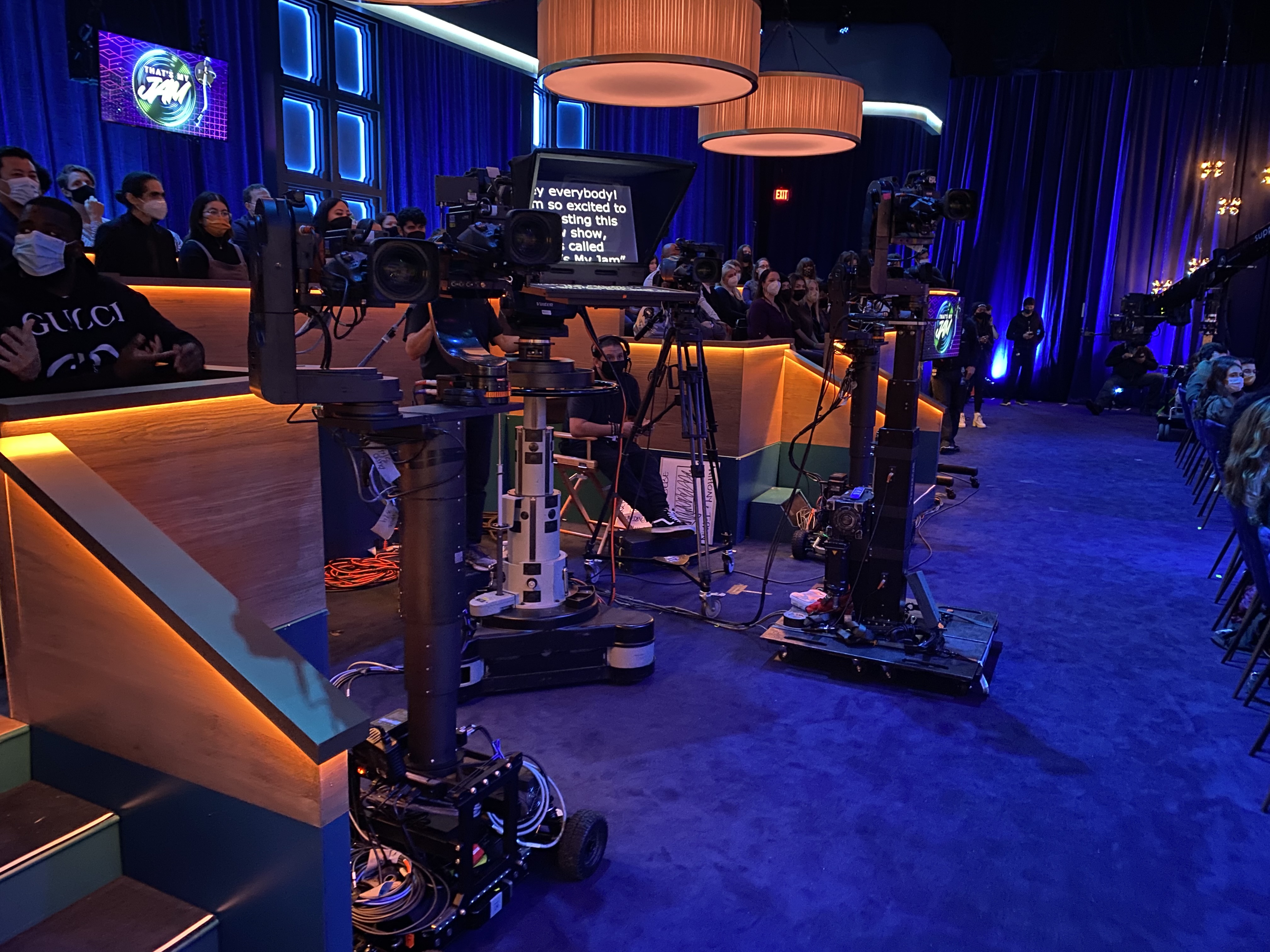Mobile DTV peripheral brings OTA TV to Apple products
Elgato, a manufacturer of computer accessories and ancillary wireless receivers, has introduced a new peripheral that includes an ATSC M/H receiver ship suitable for over-the-air (OTA) TV reception on Apple iPads and iPhones. The EyeTV Mobile “Dyle” branded device, launched in cooperation with the Mobile Content Venture (MCV), features a small antenna and cost about $100. It’s available from Elgato, Amazon, and other retailers.
The new iOS add-on works with a decoder app (available for free in the App Store) and lets users watch television without a subscription fee. It provides DVR-like features such as pause and resume, as well as an electronic program guide. The latter features are critical to a positive user experience and overall mobile DTV success.
Dyle-branded TV is being transmitted by more than 90 stations in 35 markets (reaching 55 percent of the U.S. population), including Los Angeles, San Francisco, Seattle, Atlanta, Boston, Dallas, Denver, Miami, Minneapolis, New York, Philadelphia, Portland, Ore.; Kansas City, Mo.; and Miami.
The iOS peripherals are now the second Dyle consumer receiver available to the public, following the Samsung Galaxy S Lightray 4G (which comes with a preinstalled app and a built-in antenna) that was introduced in early August. The Lightray costs $450 and is reportedly available in 12 Dyle markets.
That’s if you can find one. Bob Seidel, vice president of Engineering and Advanced Technology at CBS, said he searched throughout New York City to find a Samsung Lightray and, after several attempts at other MetroPCS retail locations, was able to find one in Manhattan’s uptown Harlem district.
“They are not easy to find,” Seidel said.
Some (but not all) CBS O&O stations are included in the list of 300 MCV members. Other members include stations owned by Belo, Cox Media Group, E.W. Scripps, Gannett, Hearst Television, Media General, Meredith, Post-Newsweek Stations and Raycom Media; all of which are part of the standalone entity known as Pearl, LLC; Fox, ION Television and NBC are also participating.
The professional video industry's #1 source for news, trends and product and tech information. Sign up below.
The nascent Dyle service officially went live in August, while mobile DTV, including both MCV and Mobile500 Group member stations in the area, was launched “officially” at an event in Washington, D.C. in September. MetroPCS is the only national Telco that has agreed to carry the service.
The EyeTV Mobile features a miniature aerial, a rod aerial with magnetic base and removable suction cup, and a USB charging cable (intended for use with the EyeTV Mobile battery, and won’t charge an iPad). The EyeTV Mobile app requires that devices are running iOS 5.1 or newer.
While the EyeTV Mobile companion app is currently available for free, that “is subject to change at any time,” Dyle executives said. Previously, the company has have said that the service would be free through 2012, at which time MCV members would evaluate the business model. Charging for the service opens broadcasters up to a whole series of copyright rules and carriage agreements; but there are on-demand business models being discussed.
The Mobile500 launched its “MyDTV” service in Seattle and Minneapolis/St. Paul last month. Mobile500 members include Fisher, Hubbard, Sinclair, Gray and others comprising 437 stations covering around 94 percent of U.S. TV households. The system is said to be working fairly well technically, but there’s not many receivers in the marketplace watching their signal. To see it, consumers have to externally attach similar receiver peripherals from Elgato onto their mobile displays.
Free OTA Mobile DTV doesn’t require Wi-Fi or 3G/4G wireless service, because it’s transmitted over the same airwaves that TV stations use to send their main signals. The same (6 MHz) bandwidth supports transmission to consumers’ home TVs as well as portable devices with a compatible ATSC M/H receiver chip.
CBS’ Seidel also said that while one of live TV’s biggest selling points is sports (a prior Open Mobile Video Coalition field study also found that sports ranked high with mobile viewers), a long-standing rights blackout rule means NFL games can't be carried on the Dyle service. As a sports fan, that’s a big drawback.
Signal quality is also said to be a drawback for consumers used to pristine HD images. The picture looks okay on an iPhone, one reviewer said, but by the time the image gets blown up to an iPad-size screen, it’s quite grainy. Thta's partly due to the small amont of bandwidth (about 3-5 Mbps) broadcsters are dedicating to their mobile TV service.
